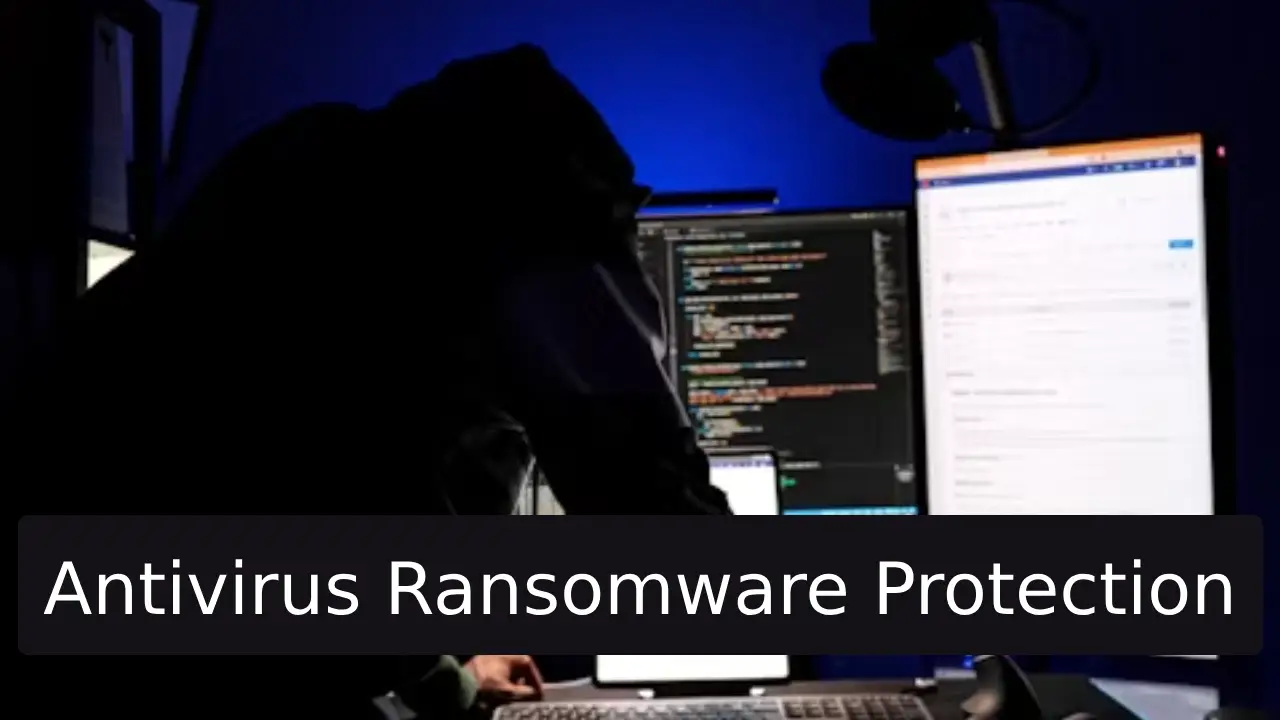Antivirus Ransomware Protection: Your First Line of Defense
Ransomware attacks paralyze businesses and individuals daily, encrypting files and demanding hefty ransoms. Robust antivirus ransomware protection is non-negotiable in this battle. But can standard antivirus software stop these evolving threats? We’ll cut through the hype, reveal how modern solutions work, and arm you with 7 critical defense strategies.
Can Traditional Antivirus Stop Ransomware Alone?
While essential, legacy signature-based antivirus tools have limitations. They detect known malware by comparing files to a database, like recognizing a criminal from a mugshot. Ransomware variants, however, constantly mutate (over 1.7 million new samples emerge daily). Zero-day attacks slip past outdated defenses.
Modern antivirus suites now integrate AI, behavioral analysis, and cloud sandboxing. For example, Bitdefender uses machine learning to halt ransomware-like file encryption behaviors in real-time, blocking 99.7% of zero-day threats in independent tests.
Why Ransomware Demands Specialized Defenses
Ransomware isn’t just malware—it’s a business model for cybercriminals. Unlike viruses that corrupt systems, ransomware:
- Operates stealthily: Encrypts files silently before triggering ransom notes.
- Leverages encryption: Uses unbreakable algorithms like RSA-2048.
- Target backups: New strains (e.g., LockBit) delete or encrypt backup files.
7 Critical Antivirus Ransomware Protection Strategies
Choose an Antivirus with Real-Time Ransomware Shields
Opt for solutions like Kaspersky or Norton with dedicated “ransomware protection” modules. These monitor file activity 24/7. If unauthorized encryption attempts occur (e.g., mass .docx → .crypted changes), the tool instantly blocks the process.
Enable Behavioral Detection & Cloud Analysis
Turn on heuristic scanning and cloud-based threat intelligence. When Malwarebytes detects suspicious behavior (e.g., a process accessing hundreds of files rapidly), it cross-references global threat data to stop novel attacks.
Automate Updates Religiously
85% of attacks exploit unpatched software. Enable auto-updates for:
- Antivirus engines
- Operating systems (Windows/macOS)
- High-risk apps (Browsers, Java, Adobe)
Backup Like Your Data Depends on It (Because It Does)
Use the 3-2-1 rule:
- 3 backup copies
- 2 local media (external drive + NAS)
- 1 offsite/cloud (e.g., Backblaze)
Test restores monthly.
Deploy Firewalls & Email Filters
Ransomware often enters via phishing emails or malicious ads. Pair antivirus with:
- Application firewalls (e.g., Windows Defender Firewall)
- Email gateways blocking .exe/.js attachments
- Browser ad-blockers (uBlock Origin)
Limit User Privileges & Use Application Whitelisting
Restrict admin rights so ransomware can’t disable security tools. Whitelist approved apps only—preventing unauthorized executables from launching.
Train Humans as Your Last Firewall
70% of attacks start with social engineering. Conduct quarterly drills teaching teams to:
- Spot phishing red flags (urgent language, mismatched URLs)
- Never enable macros in email attachments
- Report suspicious activity immediately
Beyond Antivirus: Essential Extra Layers
- Endpoint Detection & Response (EDR): Tools like CrowdStrike record system activities for forensic analysis if breaches occur.
- Network Segmentation: Isolate critical servers/data from general access.
- Vulnerability Scanners: Run monthly checks with OpenVAS or Qualys.
If Infected: Damage Control Steps
- Disconnect immediately from networks/internet.
- Identify the strain using ID Ransomware.
- Restore backups on a clean device.
- Report to authorities (CISA or local cybercrime units).
Never pay ransoms—46% of payers don’t recover files (Sophos, 2023).
Antivirus is Necessary, But Not Sufficient
Modern antivirus ransomware protection is foundational, especially solutions with behavior-based threat prevention. However, defeating ransomware requires a holistic strategy: backups, updates, user training, and layered security tools. Start implementing these 7 tips today to transform from a soft target into a hardened fortress.

